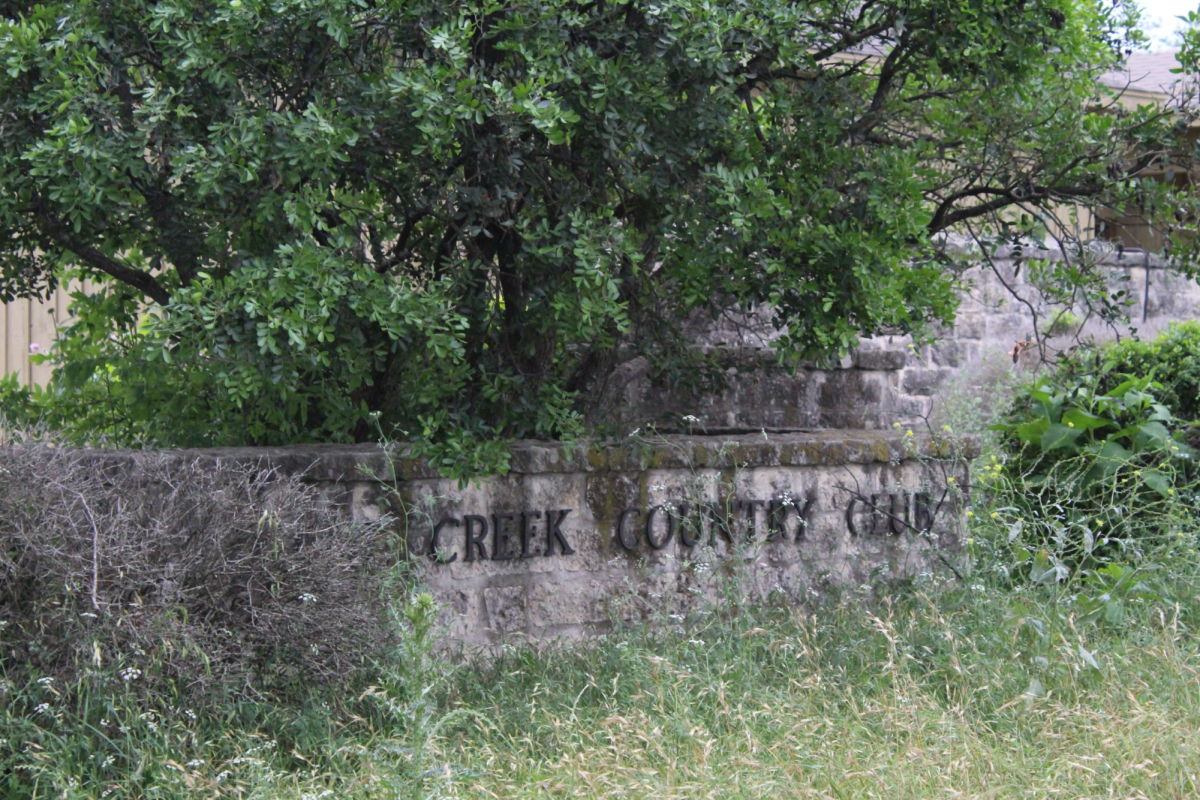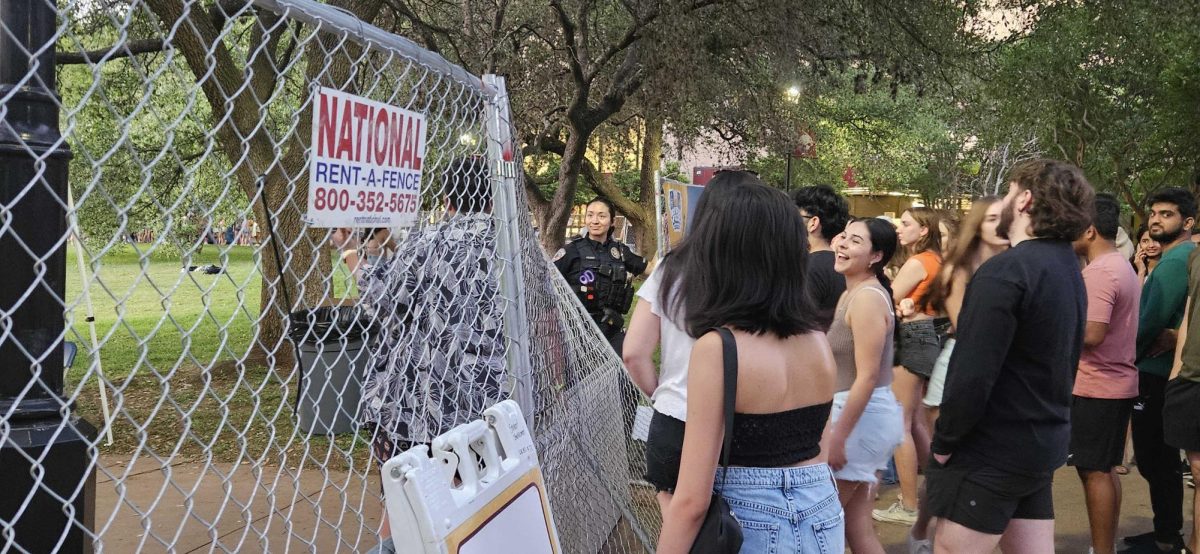It is undeniable—the Austin area is booming. More people have moved to Travis County and its surrounding area, including Hays County. As populations grow, so must infrastructure, but matters become complicated in ecologically sensitive areas like the one we call home.
The Capital Area Metropolitan Planning Organization, or CAMPO, has put forward a plan to address the transportation needs of the Austin area over the next 25 years. Both the Edwards Aquifer and the Blanco River watersheds will be negatively impacted by this proposed plan.
This $42 billion plan was first introduced in 2013, and ever since has been lacking in transparency, leaving road projects off certain maps available to the public and leading to sudden votes on budget cuts and delays for other transportation projects in the Austin area.
Decreases in the quality of surface water lead to decreases in the quality of the groundwater we all rely on.
The Edwards Aquifer watershed covers 12 central Texas counties and provides drinking water for more than 1.7 million people. Aside from humans’ reliance on the Edwards Aquifer, over 40 species of aquatic organisms call the Aquifer home, including seven endangered species. However, that does not stop threats from affecting this sensitive ecosystem.
Now, local organizations like the Save Our Springs Alliance and the Wimberley Valley Watershed Association are leading the pushback against the roughly $4 billion of transportation projects CAMPO 2045 lays out for Hays County.
Road construction affects water quality in a number of ways. Roads are ‘impervious surfaces,’ meaning that water cannot pass through them in order to get to the aquifers beneath. Transportation also introduces heavy metal pollution into groundwater, and karst landscapes are particularly susceptible to contamination.
The CAMPO 2045 project, however, is not the only threat to Hays County’s landscape. Oil and gas giant Kinder Morgan has begun construction of the Permian Highway Pipeline to transport natural gas and expects to see it finished in 2021.
Construction has already contaminated the Trinity Aquifer with mud and 36,000 gallons of drilling fluid, turning Blanco County residents’ well water cloudy and brown. This has understandably worried Hays County residents about their own water quality, leading the Hays County Commissioners’ Court to rescind Kinder Morgan’s utility permits.
Imagine Wimberley without Blue Hole, or the clear San Marcos River running brown with muck. We cannot afford to let CAMPO or Kinder Morgan destroy what makes us unique—the complex karst topography and nourishing groundwater systems that sustain us both with clean drinking water and irreplaceable beauty.
The community should recognize this potential destruction and send comments encouraging the CAMPO and area mayors to rethink the components of the 2045 Regional Transportation Plan through the Save Our Springs website. People can also donate to the Wimberley Valley Watershed Association’s Hill Country Legal Defence Fund.
Although local government and non-profits are working hard to protect the stunning natural places in our county, we must work to support them. They cannot stop this threat alone.
-Toni Mac Crossan is a biology graduate student





















